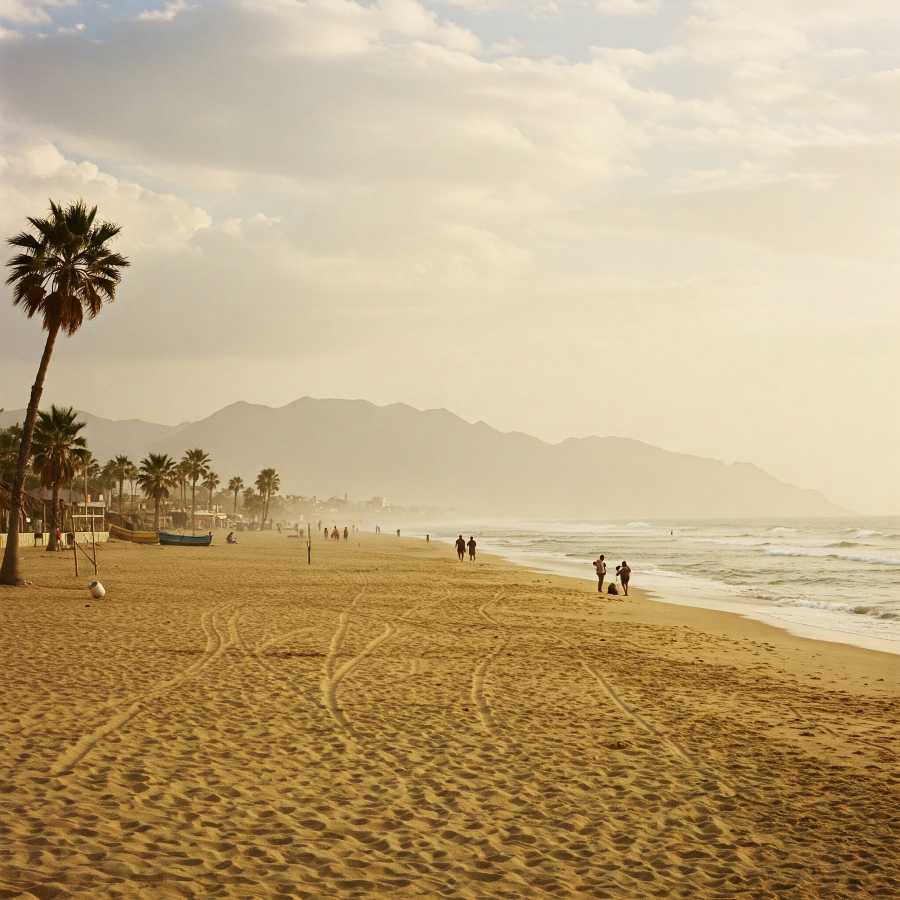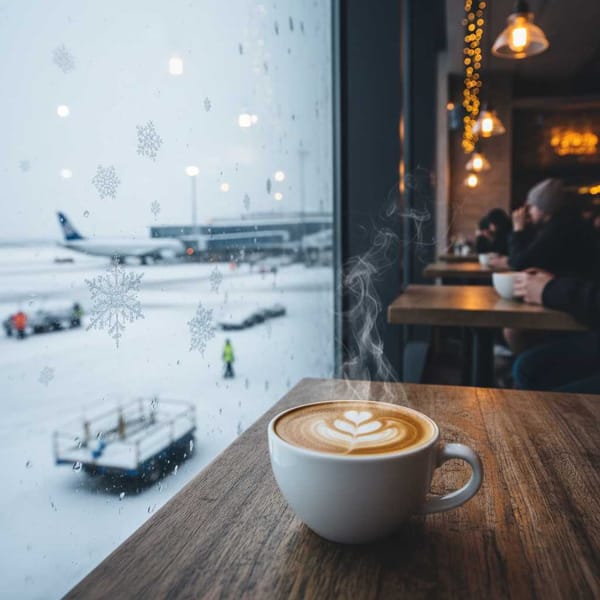Culiacan Spends Millions on Roads While Locals Dodge Danger & Potholes
Lingering fear from recent cartel violence is crippling Spring Break tourism and daily life across Sinaloa, overshadowing government promotions and drawing criticism of official priorities.

Forget margaritas and sun-soaked revelry – fear is the main attraction in Sinaloa this Spring Break, even as officials desperately try to lure folks back to beaches and city squares still haunted by months of cartel-fueled terror.
While the government rolls out the welcome mat with slick promotions and talk of "Safe Routes," locals aren't buying it, leaving tourist buses empty and beach towns feeling more like ghost towns.
Take the sad-sack "Hidden Treasures Route" tour bus in Culiacán. Pitched as a fun ride through historic spots, its big debut during Holy Week was a total bust. One trip managed to scrape together a pathetic five passengers, while another had to be flat-out cancelled because nobody showed up, sources revealed. Forty pesos – barely two bucks – wasn't enough to tempt people still spooked by the memory of recent shootouts, roadblocks, and the general mayhem that turned their city into a warzone just months ago.
"How do you invite people to calmly tour a city where many still avoid certain routes out of fear?" blasted a scathing editorial in the local Noroeste newspaper's "Malecón" column. "Urban tourism isn't built just with decorated buses... first, you have to heal the environment."
Down at the usually bustling beach town of Altata, the vibe was just as grim. Visitors trickling onto the malecón confessed they were wrestling with serious anxiety.
"We were hysterical from being cooped up," admitted Verónica, 51, who drove down from Culiacán with her husband. Still, she wasn't taking chances. "We're heading back before dark... we came at 1 pm and we're leaving by 3 or 4, just to be safe."
She added, "We thought if a lot of people come, it's harder for them to attack us."
Another visitor, José Luis, noted some cops on the highway but felt security was way down compared to past years. "The security operation isn't like other years," he griped, echoing calls for more police presence in the town itself, not just on the road.
Local boat operators in Altata told reporters their business was slashed in half compared to previous Holy Weeks – a brutal blow after what the editorial called "seven very difficult months."
Despite the palpable fear, state and city bigwigs are putting on a brave face, pushing initiatives like a tourism drive for the rural district of Imala, complete with swimming pools and its own "Safe Route." Governor Rubén Rocha Moya even showed up in the mountains of Badiraguato – yes, that Badiraguato – to cut the ribbon on a nearly $10 million pesos paved street, promising more goodies for the "tourist" destination.
Critics, however, aren't impressed. The "Malecón" column slammed the government for dreaming up a massive, $600 million-plus peso Malecón project for Culiacán while basic city services crumble. "The streets of Culiacán, besides tremendous potholes and manholes... aren't marked correctly," the column fumed, adding that the Mayor "doesn't have enough paint" while the Governor zooms around with a traffic-stopping convoy.
Crime and Caution
Adding to the grim atmosphere, a judge just slapped pre-trial detention on Oswaldo Nathanahel "N," the creep accused of the horrific femicide and disappearance of Vivian Karely that shocked the region. The suspect, who also uses the alias Jorge "N," tried to play the dual-nationality card to get consular help, but the judge wasn't having it after he confirmed his Mexican roots.
Meanwhile, as if cartel violence wasn't enough, authorities are juggling the usual Spring Break chaos. Civil Protection crews had to rescue 11 people from the water in separate incidents, mostly involving jet skis and small boats – a reminder that even fun can turn deadly fast. Health inspectors (Coepriss) are also out in force, poking around seafood stalls and restaurants to prevent mass food poisoning during the peak season, reminding everyone to handle their ceviche correctly. And dermatologists are practically begging beachgoers to slather on sunscreen and avoid the peak sun hours (10 am to 4 pm) to prevent looking like boiled lobsters.
Even the Culiacán Zoo is feeling the pinch, reporting a staggering 50% drop in income for 2024 compared to the previous year, another sign that people are staying home and counting their pesos.
The message from Sinaloa this Spring Break is loud and clear: The government can talk up tourism all it wants, but until locals feel genuinely safe walking their own streets and visiting their own beaches, the party's on hold. The shadow of the cartels looms large, and no amount of shiny new pavement or guided tours can make that disappear overnight.




